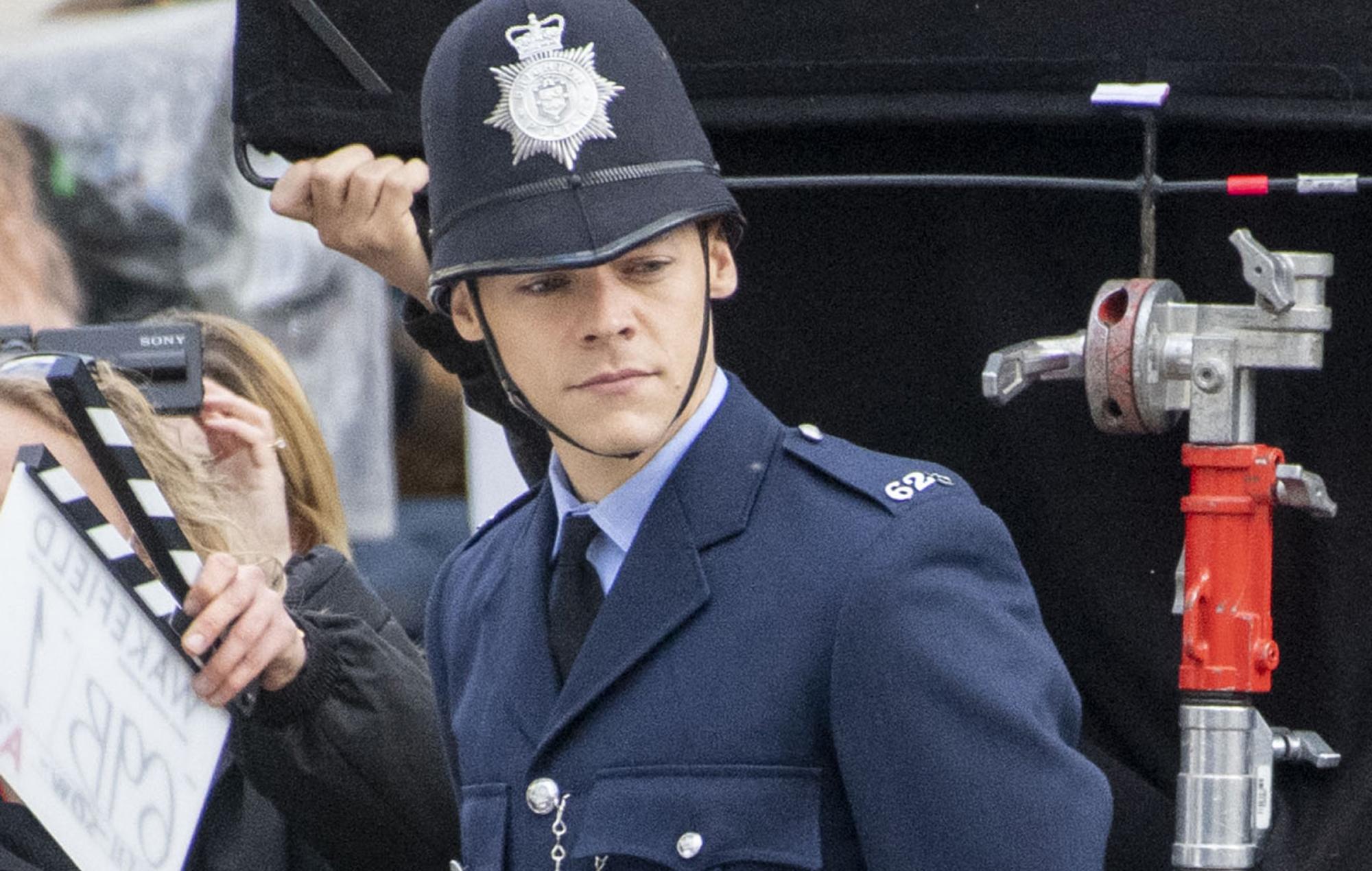
We’re ankle deep in the (re)dead, splattered in gore and patching up our wounds with scarce medical supplies. This is my default state in Back 4 Blood, although for a nice change of pace, here we’re standing in a bar about to turn the jukebox up to 11.
The noise, we’re told, will bring all of the zombies to us and give survivors somewhere else a chance to start rebuilding.
Bring all of the zombies to us. Fuck.
We use our medical supplies, set up a turret and try to cover our choke points in barbed wire, positioning fuel and propane tanks to use as improvised explosives if we have to fall back – not that there is anywhere to fall back to. We hit the button to start the jukebox.
The opening notes of Spiderbait’s ‘Black Betty’ cover play as a low undulated groan comes from a thousand mouths at once, all of them heading to us. Swarms of undead pour through every window as a staccato of gunfire kicks in to welcome them.

This is Back 4 Blood at its frantic best, pumping round after round into the tide of undead while you’re constantly doing the mental gymnastics of managing your health, ammo, whatever else you’re carrying and then the same three things for everyone else in the team.
You’ll be doing this a lot because if you wipe away the splattered zombie gore, Back 4 Blood is a game about resources.
Throughout your run through the zombie-infested levels, you’ll find the currency Copper, a bunch of throwable items, medical supplies and even just guns and attachments themselves. These are randomly tossed out into the world, but using them correctly is key to success in the game. The weapons, which you’ll trade often due to a star rating which mandates constant upgrades and switching during a campaign run, all behave fairly differently although none of them are truly incredible.
Back 4 Blood is also a game about trauma. Not the life-ruining trauma of watching your fellow apocalypse survivors getting Ridden to death, but the mechanical trauma Back 4 Blood imposes whenever you take damage. Trauma is the killer in this game, as it lowers your maximum HP and there are very few ways to heal it, with the most common being the expensive first aid cabinets built into walls throughout the levels. These offer a single heal – traditionally given to the person with the most trauma – and additional heals for a slightly eye watering 400 copper a pop.

The best way to avoid trauma is to avoid being hit, but considering a death in Back 4 Blood is often a case of succumbing to a thousand tiny Ridden-inflicted cuts, it’s hard to avoid feeling worse for wear after just a few fights. As with everything else in the game, you can get cards or perks that mitigate trauma, either making you more effective at healing it or more resistant to taking it. Making sure you keep yourself free of trauma is, like the real world, essential to living a long and healthy life.
It’s another resource really, health and trauma coming together to make sure even with a ton of supplies, you’re still always on the razor’s edge, constantly just one rough engagement away from a full wipe.
The game thrives on this constant communication where you try to ensure people know you have two grenades ready to frag large mutated, but are also after some more shotgun shells as you’re empty? It’s nightmarish, and also the sort of interactions that define a play session. When someone drops you 100 copper in the middle of a fight so you can heal some damage at a wall-mounted health station while you’re also trying to drop sniper rifle rounds so your marksman can get back into the fight, and all four players are moving in different directions to kite their own groups of zombies around? That’s when the game is an all-timer and nearly perfect.
This tension is robbed somewhat – for me – by the game’s difficulty settings. I want to preface this by saying that you should play on whatever difficulty you want, but I can only talk about my own experiences. These experiences are that the Recruit difficulty is dull and lacks the challenge that makes the whole thing pull together.

The Survivor difficulty – the middle of the game’s three – resolves this problem and is intense and relentless, however I’m a fairly long-term FPS fan and even with three like minded friends this game is hard. I’d recommend everyone try Survivor difficulty because it makes the game enjoyable and punishing in a way that just works for me, but I’m glad there’s a recruit mode there for people who might otherwise find the game too tricky or might want to just play through it to get to the end. In fact, it feels like there’s a middle difficulty level between Recruit and Survivor that might be well suited for people who want a challenge but don’t want to be sat, sweating, in their chair after each major engagement.
In a lot of ways, Back 4 Blood feels like an attempt to evolve the Left 4 Dead formula, and in a lot of ways it delivers on the promise: this is the same structure, that same familiar arc, but stretched out and reshaped with more interesting set pieces, more mechanical complexity, and a card system that adds replayability, even if sometimes I just wish they’d add a perk selection screen to the end of each level. You unlock these cards and can build them into “Decks” over time, but this ability is robbed from you if you play in Single Player, where the game is all unlocked and you’re stuck with braindead bots that will revive you and very little else.
Crucially, in a point so important I’ve given it its own paragraph: if you’re buying this to play it in single-player, you’re going to have a bad time and if they haven’t given it a refresh by the time you’re reading this, do yourself a favour and skip it.
Back 4 Blood’s writing in the moment to moment quips is far weaker than that presented in Left 4 Dead, but the world is still engaging: the story starts a while after the zombie apocalypse but moments after the zombies have evolved into something altogether different. Those are the mutated, and they are massive pricks to deal with, ranging from big monsters that vomit acid on you or explode to skittering multi-armed beasts with the ability to cover you in sticky goop or grab you and pull you away from the pack. Don’t get me started on the Tallboys, a series of different enemies that use one giant malformed arm to either batter you or grab you and hold you in place.

These mutations are the real threat at the heart of Back 4 Blood and they have shaken up the entirety of society that has, up until this moment, been surviving the zombie – and Turtle Rock Studios seem to have signed the secret game development pact that means no game developer can ever call a zombie a zombie, as they’re called Ridden here – menace just fine, trading and getting on with things.
Now… things are bad. It’s a great place to set the story, and while the individual barks and voice lines vary in quality a whole lot, the world is compelling.
It’s matched with some cracking world design. The environmental storytelling is great and has some amusing jokes, but you also just see a world that had adapted to this new apocalypse before being caught with its pants down: survivors hiding out in fortified libraries now killed with their camp-beds unmade. I played the game in 4k, and because Back 4 Blood is one of the early adopters of Nvidia’s DLSS, it was still smooth enough to keep up with the relentless pace, but also meant I could just admire some of the environments with a bit more detail. It’s hard to describe the lashings of gore as pretty, but the team at Turtle Rock have done a great job on making things look great, at least.
A tiny irritation is that every character has different strengths. I adore this, each cleaner has different perks and abilities so you can bring a diverse set of skills to the table. However, they each have their own cosmetics and voice lines, and while I love the ammo mule gameplay of Hoffman, carrying lots of spare rounds for my friends and blowing things away with a shotgun, I hate most of his voice lines, and long for the chirpy nonsense of Holly or Doc, who have made me laugh a few times.
The loss of a Versus mode will be a huge blow to some of the faithful, but it’s been 12 years since Left 4 Dead 2’s release, and this truly is the sequel that fans deserve, even if a couple of the ideas don’t work out. Look past some slightly wobbly balance issues and there’s a multiplayer game here that you’ll be playing with your friends for years. Reworking the game as a roguelike was an inspired idea, and the systems at the heart of that rework are solid enough to ensure you’ll come back again and again.
Back 4 Blood is out now on PC, Xbox One, Xbox Series X|S, PS4 and PS5. We reviewed the PC version.
The Verdict
Sublime co-op blasting with lashings of gore, the only downsides to Back 4 Blood come from single player. One of the best reasons to get four friends together, the game could well be an all-timer. There are problems, but nothing you’ll think about when you’re in an all out brawl.
Pros
- Best co-op gameplay in ages
- Roguelike structure makes you want to run it again and again
- Interesting set pieces
Cons
- Weak single-player offering
- Card system can be confusing
The post ‘Back 4 Blood’ review: die and die again appeared first on NME.






